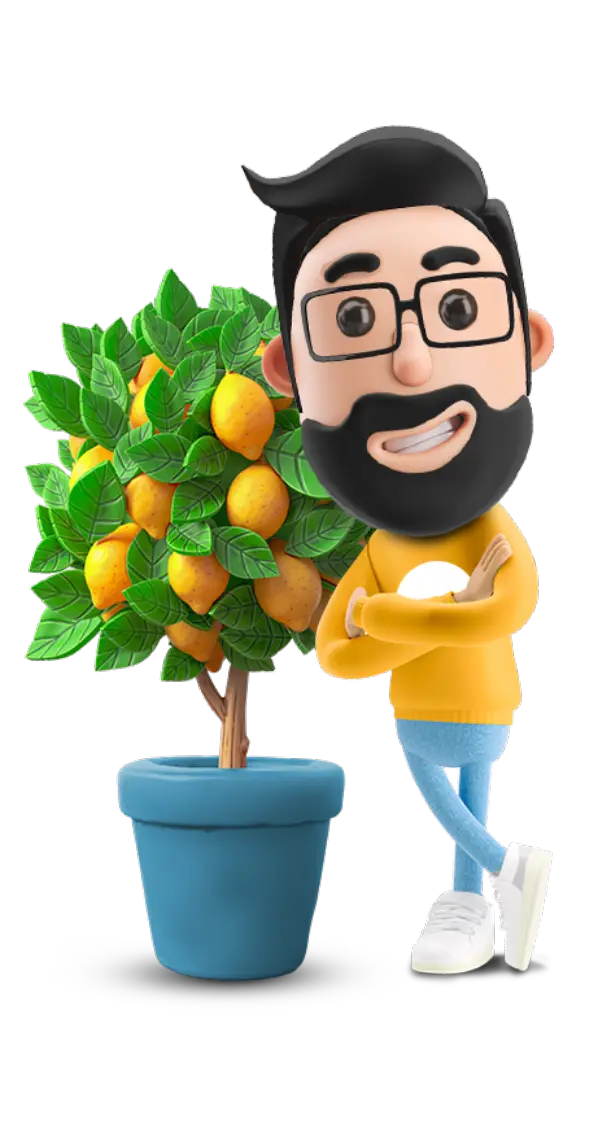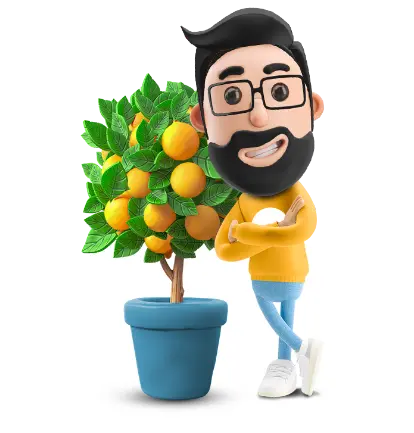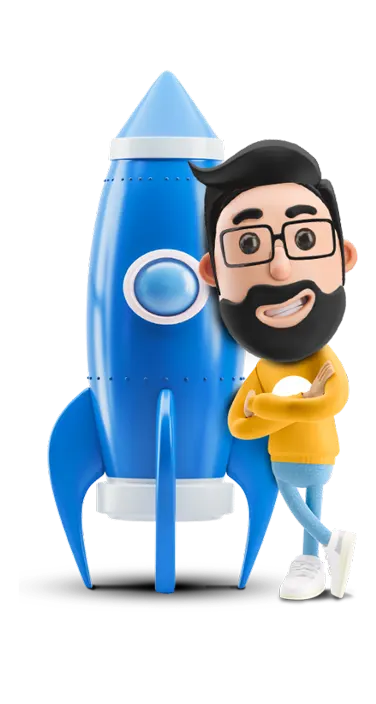
Launching Soon
Join our VIP list to receive early access and a LIFE-TIME discount on your Graphic
Design subscription.
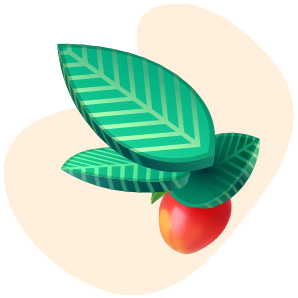

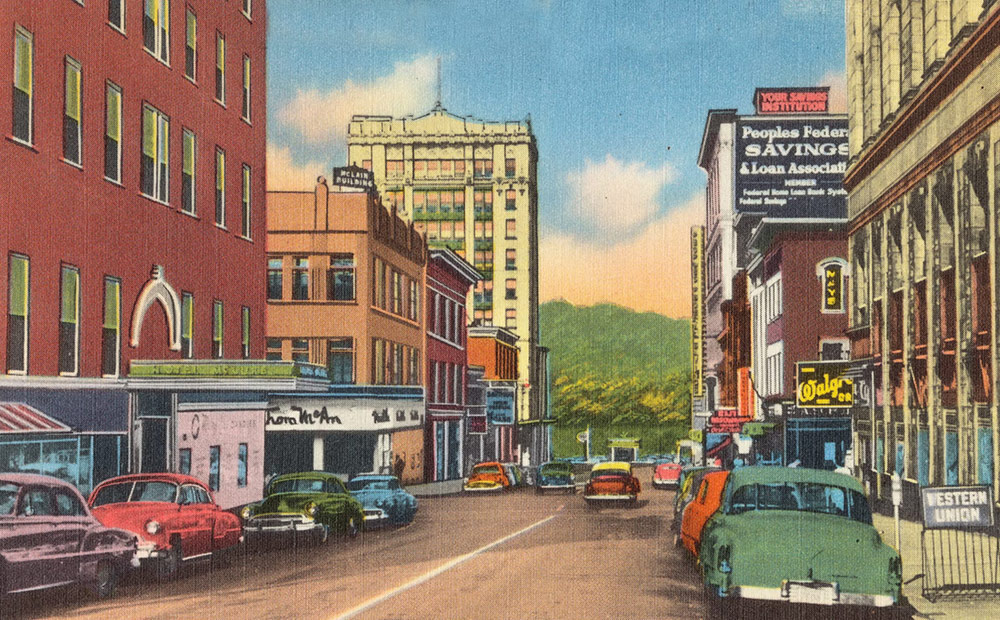
We consume visual media every single day – from the billboard by the train station during the morning commute (which is now becoming a more common routine again with the easing of lockdown restrictions), to the first thing that pops up on your feed as you swipe your thumb across your mobile phone.
A very large part of our time is spent doing just this and digesting all kinds of visual cues and messages. In fact, according to the Statista Research Department, an average person spends around 463 minutes or over 7.5 hours a day consuming media and content.
As consumers, we don't often stop to think or assess the concept of media or content that we are digesting any deeper. We often discuss the message, but we rarely delve into the very fundamentals of illustration or graphic design itself.
The good news is, we’re about to in this article.
 Image: Pexels
Image: Pexels
Even the general consumer understands that the key to a brand's success is its story. In today's digitally-driven society where automation and AI technology have seamlessly blended into our ways of life, a touch of humanity is becoming a sought-after trait.
You know why this is.
The more relatable and human a brand is, the more it is sought after. This is why brand story-telling is any marketer's best asset.
But in order for you to truly and effectively convey your brand story, you need to make sure that this comes through the visual media. However, it's not as simple as creating a pretty product packaging or a meme-worthy launch advertisement.
As a marketer or a brand, understanding the fundamental difference between an illustration and graphic design can actually help you conceptualise a far stronger brand activation strategy.
Are these two concepts completely different? Why, yes. They are not just synonyms for one another.
While it may seem a bit counter-intuitive to go back to basics, having this understanding will actually go a long way for your brand as it will help you communicate your vision better with art and creative directors, who are key in developing your broader brand strategy.
Let’s take a deeper look at graphic design, illustration and even go into graphic illustrations to give you an understanding of these concepts. Not only will these concepts guide you on your next creative brief, but they will also possibly inspire a train of thought for your brand strategy.
We'll guide you in building this understanding by sharing visual examples of how Brandripe differentiates illustrations, graphic design and graphic illustrations for some of our clients – and other well-loved examples that you might have seen before by prominent brands.
When it comes down to it, both graphic design and illustration have their own set of specialisations to create and purposes it serves to fulfil.
As a basic concept, illustrations are meant to accompany or supplement another piece of text or element. It helps to convey its source material’s themes and ideas through a visual medium.
An example of where you'd typically find an illustration is a children's book. Remember as a child, where you'd read a couple of words on the left page and then only fully understood the content when your eyes soak up the accompanying illustrations on the right?
That is exactly how illustrations work. They are designed to give a visual conveyance of textual content. This one below is a walk down memory lane; an illustration of the classic Thumbelina by Tamara Campeau.
 Image: Tamara Campeau
Image: Tamara Campeau
On the other hand, graphic design is the overall content that is designed for a specific purpose; it is the act of incorporating other visual elements to encourage action, such as to buy a product.
Graphic design ranges from logo design to billboards or even a website. To put it simply, graphic design serves the purpose of communicating messages and encouraging specific actions, whereas illustrations focus more on visually representing existing text and ideas.
A visual example of a graphic design is this web banner the Brandripe team had created for one of our most established clients, Zalora.

In comparison to the illustration example earlier, a graphic design encompasses multiple elements such as logo, text, icon and imageries. It is the combination of these different elements that makes it a piece of graphic design.
Both graphic design and illustration come in many forms. The most traditional style of illustration is drawing. It is further broken down into several other styles such as pencil, ink or charcoal drawings.
Illustrative paintings use a blend of watercolour, gouache and acrylic to tell their stories, meanwhile more physically intensive illustration techniques such as woodcut art and etchings have a history dating back all the way to the Middle Ages.
That being said, they have not lost their touch at all as this technique is particularly favoured by contemporary illustrators who are going for a more 'textured' look.
Of course, before the emergence of digital illustration tools and technology, illustrations are brought to life using much simpler tools, or just by hand. Today, there's a plethora of software out there that allows you to create your piece digitally.
A prominent choice would be Adobe Illustrator, allowing you to create anything from vector graphics to digitally hand-drawn illustrations.
We're also seeing 3D illustrations becoming increasingly popular, especially for experiential design purposes such as interior design, product development and VR.
That being said, 2D illustrations – which Brandripe specialises in – still remains the go-to option as it is cost-effective, faster to produce, easier to update and can always be adapted and expanded to print and web-based materials.
 An example of a 2D illustration by Brandripe.
An example of a 2D illustration by Brandripe.
As defined above, graphic design is the usage of a combination of elements. It looks further into composition and layout organization with text and images.
There are dozens of different and distinctive styles of graphic design out there. What’s trending today includes the flat graphic design style that has been popularised by the likes of Google and Apple for their software products, where few colours are used, and variations of a single colour are applied (toned slightly darker to create a two-dimensional shadow effect).
An example of a flat style graphic design is this International Women’s Day poster that our team at Brandripe had developed to celebrate the occasion:

Want to try your hand at graphic designing? Ask any graphic designer, and of course, Adobe Photoshop is the holy grail.
But for specialised editorial creations such as digital or printed flyers, magazines, catalogues and even books, Adobe InDesign is the recommended desktop publishing software that allows you to design and publish multipage documents containing texts, graphics and vector art.
While there is a distinguishing line between graphic designing and illustration, it doesn't mean that these two styles don't ever find themselves in an overlap.
Graphic design is always perceived to be a bit more commercial-led while illustration is art-centric. Both are used for different purposes, too.
That being said, graphic illustration is essentially the best of both worlds that uses colors, forms, shapes and layout design principles to arrange and present original artwork.
With the rising awareness and appreciation for art and culture, many brands have turned to graphic illustration as a more stylistic approach to creative design.
Depending on your brand identity and tone of voice, graphic illustration is a great way to capture a more casual audience, typically those within the beauty and fashion industries, as the style often plays on elegant or softer illustrative elements to complement loud advertising taglines.
It doesn't mean that all of this is static, though. Much like graphic designing, a graphic illustration piece can take up dynamic formats – such as GIFs.
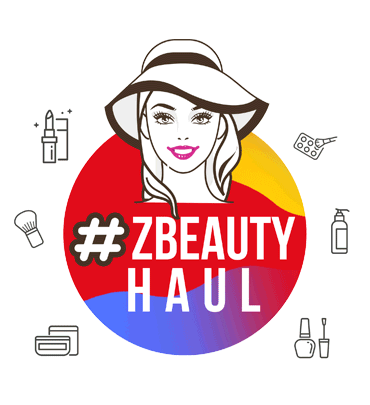 Graphic design and illustration both play an essential part in marketing and building up your brand awareness and attraction. After all, conveying a brand narrative takes equally compelling visual concepts to make sure that it sticks the landing and is appealing to the target audience.
Graphic design and illustration both play an essential part in marketing and building up your brand awareness and attraction. After all, conveying a brand narrative takes equally compelling visual concepts to make sure that it sticks the landing and is appealing to the target audience.
So, out of the three options that were made known earlier (illustration, graphic design or even graphic illustration), what style should you choose to convey your brand?
As the saying often goes, the world is your oyster. In the context of this article and “lesson”, the visual world is literally your oyster, meaning there are no right or wrong options.
Still unsure? Or are you open to options? Better yet, are you someone who prefers to see it first, and then believe it? Well, that’s not a problem at all.
This is where our team at Brandripe can help guide you on what is necessary in order to make your brand or marketing campaign a hit.
But first, let’s talk about what you have in mind. Schedule a 15-minute VIP Demo call with us – which comes at absolutely no cost to you.
You'll get to speak with our team to understand the whole process, from brief to deliverables. We’ll even talk you through the other benefits of working with us, such as our guaranteed 24 to 48 hours turnaround time and a fixed subscription amount that fits your budget with no hidden charges.
We’re keen to get to know your visions and goals, and are even keener still to create illustrations, graphic designs or a mishmash of both to help support that.
Prefer to write down your thoughts instead? Email us at [email protected] or chat with us on the main page.
